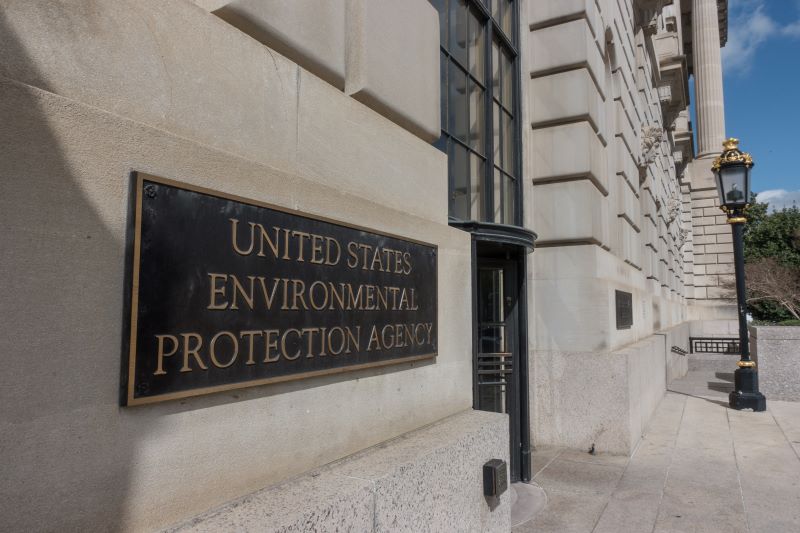As part of ongoing efforts to address per- and polyfluoroalkyl substances (PFAS) contamination issues across the United States, the U.S. Environmental Protection Agency (EPA) announced on May 19, 2021 that it will be updating the Drinking Water Treatability Database (TDB) with new references and treatment options for additional PFAS.
This update adds 11 toxic PFAS compounds to the database, bringing the total to 37 PFAS of the thousands of compounds in the PFAS family that have little or no published toxicity data.
The new PFAS added to the database are:
- Perfluoropentanesulfonic acid (PFPeS)
- Perfluorohexanesulfonamide (PFHxSA)
- Perfluorobutylsulfonamide (PFBSA)
- Perfluoro-4-methoxybutanoic acid (PFMOBA)
- Perfluoro-3-methoxypropanoic acid (PFMOPrA)
- Perfluoro-3,5,7,9-butaoxadecanoic acid (PFO4DA)
- Fluorotelomer sulfonate 4:2 (FtS 4:2)
- Ammonium 4,8-dioxa-3H-perfluorononanoate (ADONA)
- Perfluoro-4-(perfluoroethyl)cyclohexylsulfonate (PFECHS)
- F-53B: a combination of 9-chlorohexadecafluoro-3-oxanone-1-sulfonic acid and 11-Chloroeicosafluoro-3-oxaundecane-1-sulfonic acid
- Perfluoro-2-{[perfluoro-3-(perfluoroethoxy)-2-propanyl]oxy}ethanesulfonic acid, also known as Nafion BP2
Adverse health effects associated with exposure to PFAS are continuing to be studied. Based on a large number of studies involving different PFAS and different types of exposure, The Centers for Disease Control and Prevention (CDC) and Agency for Toxic Substances and Disease Registry (ATSDR) recognizes that exposure to high levels of PFAS may impact the immune system, increase cholesterol levels, impact liver enzymes, increase the risk of certain types of cancers, and result in decreases in infant birth weights.
As we have discussed previously, PFAS is pervasive and persistent in the environment and human body and can be found in food packaged with PFAS-containing materials, a wide variety of commercial household products such as Teflon and waterproof fabrics, in workplace production facilities, in drinking water, and more.
This information can be applicable for identifying effective drinking water treatment processes, regulatory review, and contaminant candidates list (CCL) determinations and provide information to first responders to spills or emergencies. These additions to the Drinking Water Treatability Database may also allow companies to prepare for the PFAS that may trigger future regulatory scrutiny on environmental impact from operations, including effluent discharges into nearby water sources and waste send to landfills that may leach into drinking water sources.
Beyond PFAS, the TDB contains information for other emerging contaminants that can be used by utilities, first responders to spills or emergencies, regulatory agencies, consultants, treatment process designers, researchers and more.
Click here more information on the new EPA Council on PFAS and their intended actions to continue addressing PFAS contaminants in the environment.
